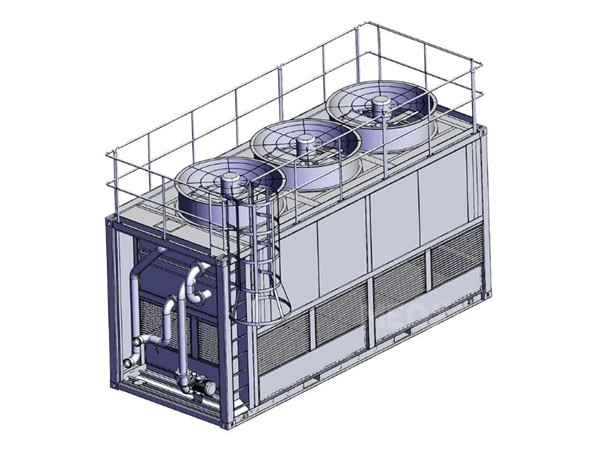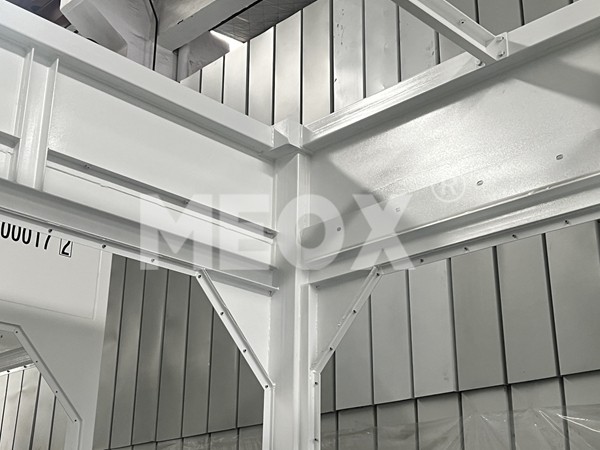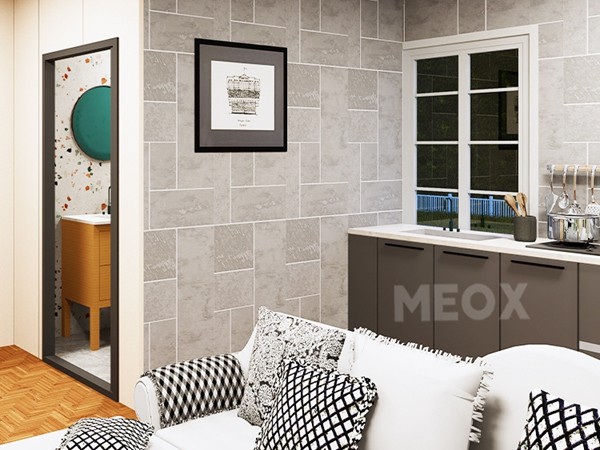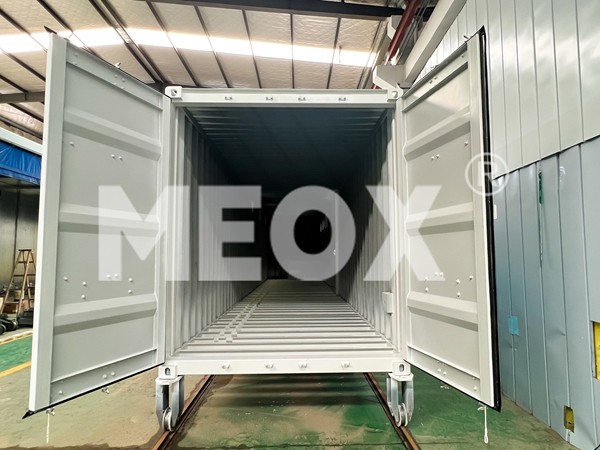Shipping container dormitories are transforming the landscape of affordable and sustainable housing through their innovative design and practical application. Originally designed for transport, shipping containers have found a second life in the world of architecture, offering a unique blend of durability, affordability, and eco-friendliness. In this article, the focus will be on examining the multifaceted advantages of shipping container dormitories, backed by real-life experiences and expert insights.
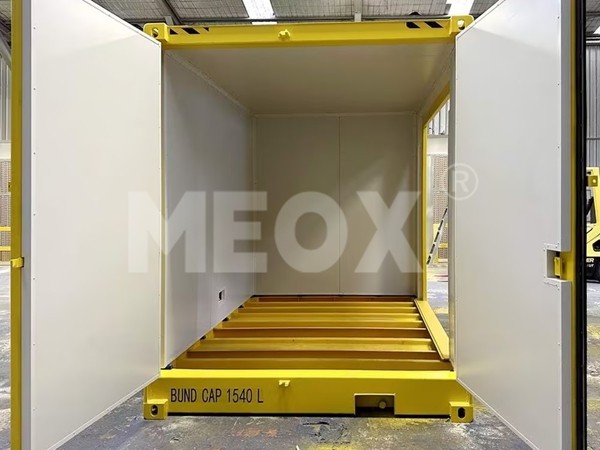
Shipping containers are made from steel, making them robust and long-lasting. They are built to endure the harsh conditions of ocean travel, translating into a material that is resilient against weather elements when repurposed for habitation. This inherent durability ensures that container dormitories are sturdy and reliable, with a lifespan that rivals traditional construction.
From a design perspective, shipping containers offer exceptional flexibility. Architects and designers harness their modular nature to create customized living spaces that can be easily expanded or rearranged. Stacking containers offers a versatile solution in urban environments where space is at a premium, allowing for vertical expansion without the need for significant land footprints. This adaptability aligns well with the evolving needs of educational institutions and housing developers.

In terms of affordability, shipping container dormitories stand out as a cost-effective housing solution. Compared to conventional building materials, utilizing pre-existing containers reduces costs significantly. The primary structure—walls, floors, ceilings—is already provided, which cuts down construction time and labor expenses. This affordability makes container dormitories an attractive option for universities and organizations aimed at providing cost-efficient student housing.
Eco-conscious consumers and developers will appreciate the environmental benefits of container-based housing. Repurposing shipping containers contributes to sustainability by minimizing the demand for new building materials and reducing waste. The process of transforming containers into livable spaces involves eco-friendly modifications, such as installing insulation and energy-efficient windows and doors, which enhance their energy performance and reduce carbon footprints.shipping container dormitory
Real-world implementations of shipping container dormitories reflect their burgeoning popularity. Educational institutions and developers worldwide are recognizing their potential. For instance, the recent development in the Netherlands, where student housing complexes have utilized shipping containers to create vibrant and functional living spaces for students, demonstrates their practicality. These complexes boast amenities like communal kitchens and study areas, proving that container living can be both comfortable and conducive to community engagement.
Despite their merits, the adoption of shipping container dormitories requires thorough consideration of local regulations and building codes. Expertise in housing regulations is crucial in the planning phase to ensure compliance and seamless project execution. Consulting with experienced architects and builders familiar with container construction can streamline the process, from initial design to final construction.
The consideration of climate-specific factors is also crucial in the design of shipping container dormitories. In colder regions, effective insulation is paramount to ensure warmth and energy efficiency. Conversely, in warmer climates, proper ventilation and innovative cooling solutions are necessary to maintain comfort. These challenges, while significant, can be overcome with expert guidance and innovative design solutions, further attesting to the versatility and feasibility of container-based housing.
Ultimately, shipping container dormitories present compelling benefits that address the modern need for affordable, sustainable, and flexible housing. As the real estate and construction industries continue to explore innovative solutions, container dormitories stand out as a promising option with a proven track record. With their combination of robust structure, cost efficiency, and environmental friendliness, container dormitories not only meet practical housing needs but also contribute positively to the global shift towards more sustainable living solutions.

